-
 bitcoin
bitcoin $120167.907534 USD
1.27% -
 ethereum
ethereum $4468.611945 USD
2.53% -
 xrp
xrp $3.013607 USD
1.80% -
 tether
tether $1.000549 USD
-0.01% -
 bnb
bnb $1092.592149 USD
6.28% -
 solana
solana $231.391244 USD
4.59% -
 usd-coin
usd-coin $0.999699 USD
-0.04% -
 dogecoin
dogecoin $0.259020 USD
4.30% -
 tron
tron $0.342747 USD
0.34% -
 cardano
cardano $0.860977 USD
1.07% -
 hyperliquid
hyperliquid $50.155412 USD
5.34% -
 chainlink
chainlink $22.637678 USD
0.46% -
 ethena-usde
ethena-usde $1.000528 USD
-0.07% -
 avalanche
avalanche $30.613779 USD
-0.07% -
 stellar
stellar $0.403905 USD
0.94%
What Is The Difference Between Fungible And Non-Fungible Tokens?
Fungible tokens serve as the interchangeable backbone of cryptocurrencies and digital payments, while non-fungible tokens represent unique digital assets with distinct identities.
Nov 26, 2024 at 01:04 pm
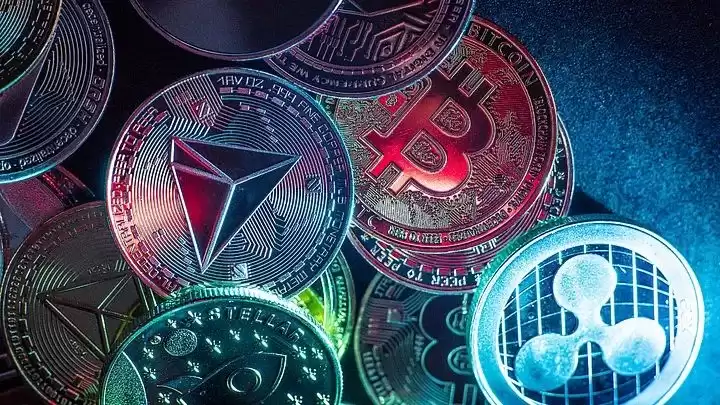
In the realm of blockchain technology, the concept of tokens lies at the core of many applications. Tokens represent digital assets that can be used to facilitate transactions, store value, or represent ownership. However, there exists a fundamental distinction between two types of tokens: fungible tokens and non-fungible tokens (NFTs). This article delves into the multifaceted differences between these two types of tokens, exploring their unique characteristics, use cases, and implications.
Understanding FungibilityFungibility, in the context of tokens, refers to the property of being interchangeable and indistinguishable from one another. Fungible tokens, like cryptocurrencies such as Bitcoin and Ethereum, are identical in value and can be exchanged on a one-to-one basis regardless of their specific history or ownership. This means that one Bitcoin is considered equivalent to any other Bitcoin, and they can be used interchangeably without diminishing their value.
Characteristics of Fungible Tokens:- Interchangeable: Fungible tokens can be easily swapped or exchanged for one another, as their value is determined by their collective supply and demand rather than any unique attributes.
- Uniform Value: Each unit of a fungible token holds the same value as any other unit of the same token. Their worth is determined solely by market forces, not by individual ownership or history.
- Divisible: Fungible tokens can be subdivided into smaller units, allowing for fractional ownership and more precise transactions.
- Use Cases: Fungible tokens serve as the backbone of many blockchain applications, including cryptocurrencies, digital payments, and decentralized exchanges.
- Bitcoin (BTC)
- Ethereum (ETH)
- Stablecoins (e.g., Tether, USD Coin)
- Utility Tokens (e.g., Filecoin, Basic Attention Token)
In contrast to fungible tokens, non-fungible tokens (NFTs) embody the opposite concept: uniqueness and non-interchangeability. NFTs represent one-of-a-kind digital assets that cannot be replicated or substituted for one another. Each NFT possesses its own distinct identity and value, making it impossible to exchange one NFT for another of equivalent value.
Characteristics of Non-Fungible Tokens:- Unique: NFTs are designed to be one-of-a-kind, with each token representing a distinct asset or item. They have unique identifiers and metadata that distinguish them from all other NFTs.
- Non-Interchangeable: Due to their unique nature, NFTs cannot be swapped for other NFTs on an equal basis. Each NFT holds its own intrinsic value and cannot be easily compared to other NFTs.
- Indivisible: NFTs are typically indivisible, meaning they cannot be split into smaller units like fungible tokens. They represent an entire ownership claim to the associated digital asset.
- Use Cases: NFTs have gained popularity in various domains, including digital art, collectibles, gaming, and digital identity. They provide a secure and verifiable way to establish ownership over unique digital assets.
- Crypto Art (e.g., works by Beeple, Pak)
- Digital Collectibles (e.g., NBA Top Shot, CryptoKitties)
- In-Game Assets (e.g., unique skins in blockchain-based games)
- Digital Certificates (e.g., diplomas, licenses)
The table below summarizes the key differences between fungible and non-fungible tokens:
| Feature | Fungible Tokens | Non-Fungible Tokens |
|---|---|---|
| Interchangeability | Interchangeable and indistinguishable | Unique and non-interchangeable |
| Value | Determined by supply and demand | Determined by individual uniqueness and demand |
| Divisibility | Can be divided into smaller units | Typically indivisible |
| Use Cases | Cryptocurrencies, digital payments, decentralized exchanges | Digital art, collectibles, gaming, digital identity |
The distinction between fungible and non-fungible tokens has profound implications for the evolution of blockchain technology. Fungible tokens facilitate efficient value transfer and decentralized financial applications, while NFTs pave the way for the tokenization of unique assets and the creation of scarcity in the digital realm.
The interplay between these two types of tokens creates a rich tapestry of possibilities, opening up new avenues for innovation and value creation in the blockchain ecosystem.
Disclaimer:info@kdj.com
The information provided is not trading advice. kdj.com does not assume any responsibility for any investments made based on the information provided in this article. Cryptocurrencies are highly volatile and it is highly recommended that you invest with caution after thorough research!
If you believe that the content used on this website infringes your copyright, please contact us immediately (info@kdj.com) and we will delete it promptly.
- BlockDAG, DOGE, HYPE Sponsorship: Crypto Trends Shaping 2025
- 2025-10-01 00:25:13
- Deutsche Börse and Circle: A StableCoin Adoption Powerhouse in Europe
- 2025-10-01 00:25:13
- BlockDAG's Presale Buzz: Is It the Crypto to Watch in October 2025?
- 2025-10-01 00:30:13
- Bitcoin, Crypto, and IQ: When Genius Meets Digital Gold?
- 2025-10-01 00:30:13
- Stablecoins, American Innovation, and Wallet Tokens: The Next Frontier
- 2025-10-01 00:35:12
- NBU, Coins, and Crypto in Ukraine: A New Yorker's Take
- 2025-10-01 00:45:14
Related knowledge
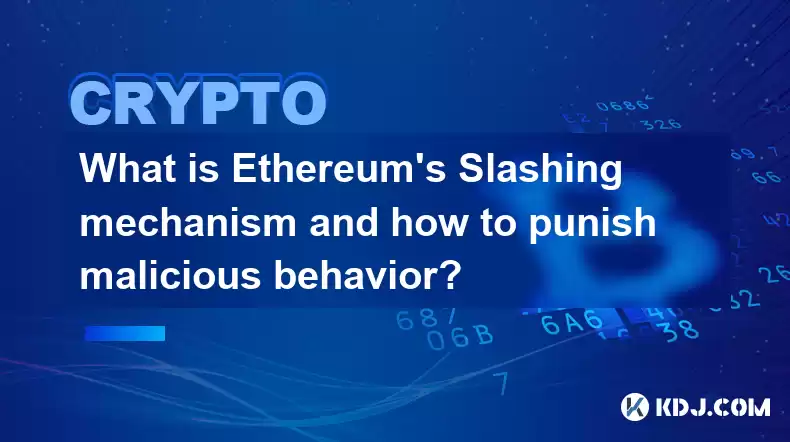
What is Ethereum’s Slashing mechanism and how to punish malicious behavior?
Feb 20,2025 at 03:08am
Key PointsOverview of slashingDifferent types of slashing in EthereumIncentives and consequences of slashingIdentifying and reporting slashed validato...
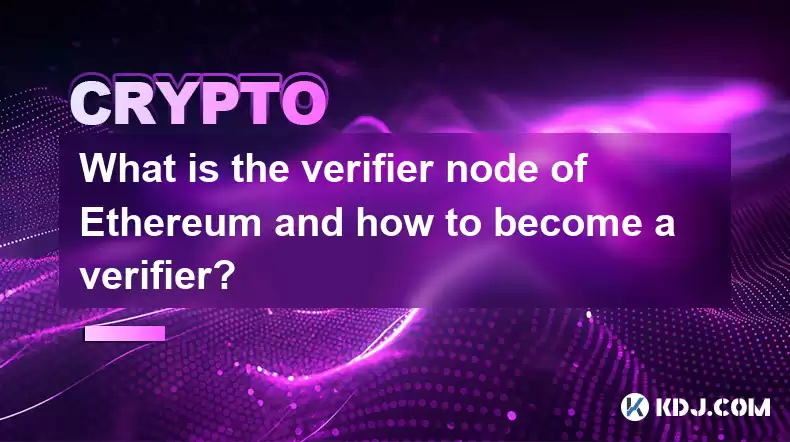
What is the verifier node of Ethereum and how to become a verifier?
Feb 19,2025 at 06:00pm
The Verifier Node of Ethereum: A Comprehensive GuideKey Points:What is a Verifier Node?How to Become a Verifier NodeResponsibilities and Rewards of a ...
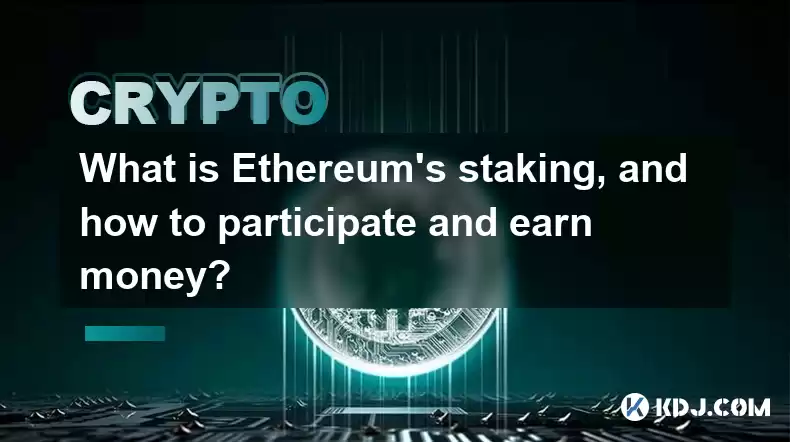
What is Ethereum’s staking, and how to participate and earn money?
Feb 19,2025 at 04:37pm
Key Points:Understanding Ethereum's Staking MechanismSteps to Participate in StakingBenefits and Rewards of StakingSecurity and Risk ConsiderationsTec...
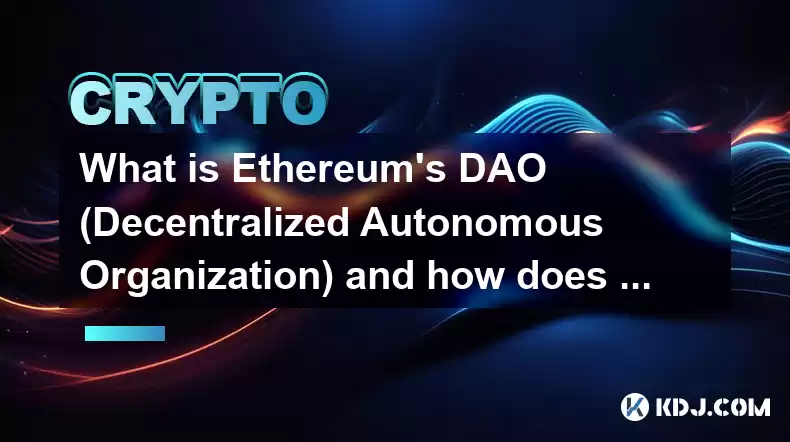
What is Ethereum’s DAO (Decentralized Autonomous Organization) and how does it work?
Feb 20,2025 at 03:12am
Key PointsDefinition and Structure of a DAOGovernance and Decision-Making in DAOsBenefits and Use Cases of DAOsChallenges and Limitations of DAOsWhat ...
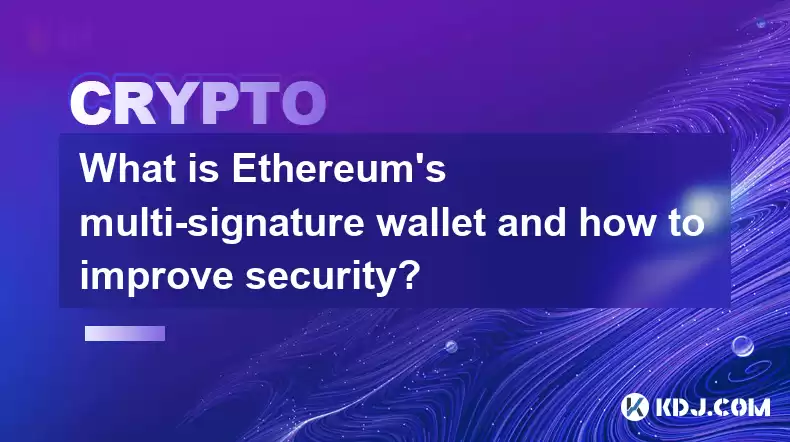
What is Ethereum's multi-signature wallet and how to improve security?
Feb 20,2025 at 02:18pm
Key Points:Understanding the Concept of a Multi-Signature WalletBenefits and Drawbacks of Multisig WalletsRequirements for Setting Up a Multisig Walle...
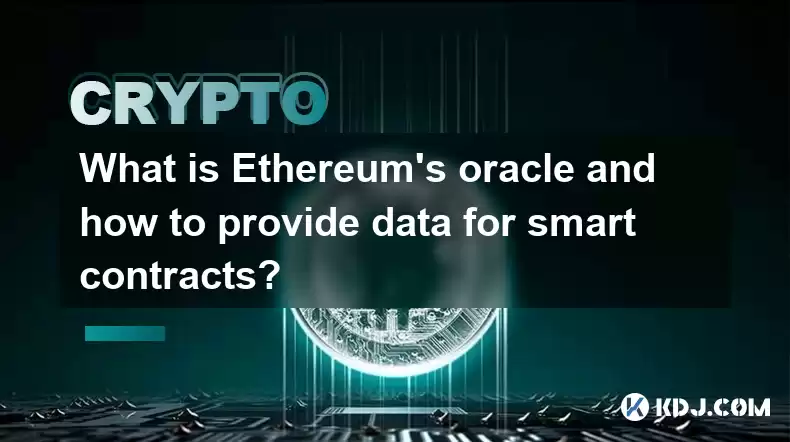
What is Ethereum's oracle and how to provide data for smart contracts?
Feb 21,2025 at 01:30am
Key Points:Understanding the concept of oracles in EthereumExploring different types of oraclesDetailed guide on how to provide data for smart contrac...

What is Ethereum’s Slashing mechanism and how to punish malicious behavior?
Feb 20,2025 at 03:08am
Key PointsOverview of slashingDifferent types of slashing in EthereumIncentives and consequences of slashingIdentifying and reporting slashed validato...

What is the verifier node of Ethereum and how to become a verifier?
Feb 19,2025 at 06:00pm
The Verifier Node of Ethereum: A Comprehensive GuideKey Points:What is a Verifier Node?How to Become a Verifier NodeResponsibilities and Rewards of a ...

What is Ethereum’s staking, and how to participate and earn money?
Feb 19,2025 at 04:37pm
Key Points:Understanding Ethereum's Staking MechanismSteps to Participate in StakingBenefits and Rewards of StakingSecurity and Risk ConsiderationsTec...

What is Ethereum’s DAO (Decentralized Autonomous Organization) and how does it work?
Feb 20,2025 at 03:12am
Key PointsDefinition and Structure of a DAOGovernance and Decision-Making in DAOsBenefits and Use Cases of DAOsChallenges and Limitations of DAOsWhat ...

What is Ethereum's multi-signature wallet and how to improve security?
Feb 20,2025 at 02:18pm
Key Points:Understanding the Concept of a Multi-Signature WalletBenefits and Drawbacks of Multisig WalletsRequirements for Setting Up a Multisig Walle...

What is Ethereum's oracle and how to provide data for smart contracts?
Feb 21,2025 at 01:30am
Key Points:Understanding the concept of oracles in EthereumExploring different types of oraclesDetailed guide on how to provide data for smart contrac...
See all articles










































































